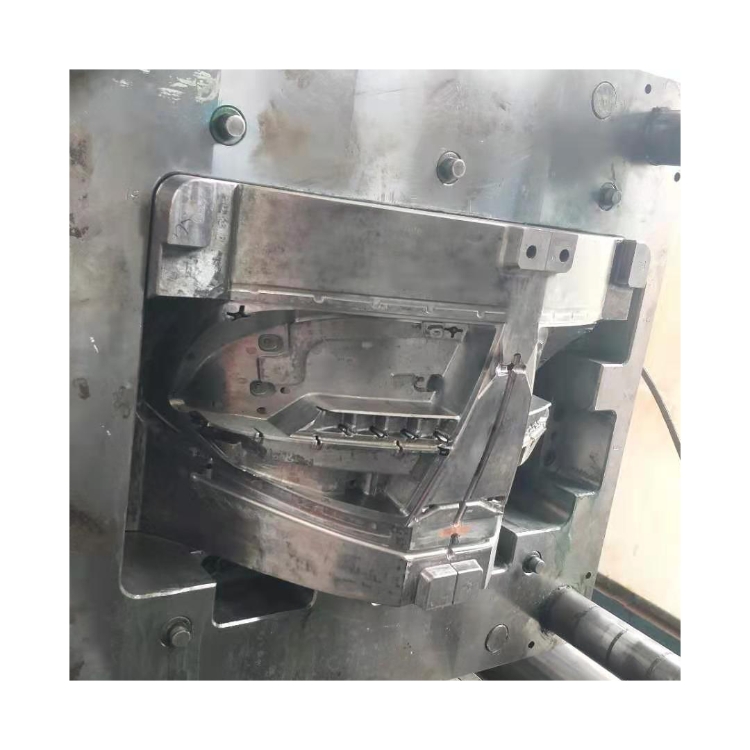Optimizing Mold Design for Enhanced Manufacturing Efficiency
Optimizing mold design is crucial for enhancing manufacturing efficiency in various industries. It involves the use of specialized techniques to create molds that are efficient, cost-effective, and reliable. The primary goal of this process is to minimize production time, reduce waste, and enhance product quality. With the right mold design, manufacturers can increase productivity, reduce costs, and improve customer satisfaction.
One of the most critical factors in optimizing mold design is understanding the specific requirements of the product being manufactured. This includes considering the size, shape, and complexity of the product, as well as the material being used. By taking these factors into account, mold designers can create a mold that meets the needs of the manufacturer, while also providing the necessary level of functionality and durability.
Another essential consideration in mold design is the type of manufacturing process being used. Different processes require different types of molds, and the design must be tailored to the specific process. For example, injection molding requires a different mold design than blow molding or rotational molding. By understanding the specific requirements of each process, mold designers can create an optimized design that maximizes efficiency and minimizes waste.
The materials used in mold design are also critical in optimizing manufacturing efficiency. The materials used must be durable, reliable, and able to withstand the rigors of the manufacturing process. Additionally, they must be able to produce high-quality products consistently. By using the right materials, mold designers can create molds that are both efficient and cost-effective.

One tool that is essential in optimizing mold design is computer-aided design (CAD). Using CAD software, designers can create highly detailed 3D models of the mold, allowing them to identify potential issues and make revisions before the manufacturing process begins. This ensures that the mold is optimized for the specific product being manufactured, reducing waste and minimizing production time.
In addition to CAD, mold designers also use other specialized tools and techniques, such as mold flow analysis. This involves simulating the flow of the material through the mold to identify potential issues and optimize the design. By using these tools and techniques, mold designers can create molds that are highly efficient and reliable, while also minimizing waste and reducing costs.
In conclusion, optimizing mold design is critical for enhancing manufacturing efficiency in various industries. By understanding the specific requirements of the product and manufacturing process, using the right materials, and utilizing specialized tools and techniques, mold designers can create molds that are highly efficient and cost-effective. This results in increased productivity, reduced costs, and improved customer satisfaction, making it a crucial component of modern manufacturing.
Prethodno:Precision Electronic Molding Parts for High-Quality Manufacturing
Sljedeći: Precision Aerospace Molding Parts for High-Performance Applications
-
Aerospace Mold: Precision Tooling for High-Performance Aircraft and Spacecraft Components
2023-6-5
Aerospace mold refers to the precision tooling used in the production of high-performance aircraft and spacecraft compon...
Detaljnije -
Manufacturing Precision Molding Parts
2023-6-30
Precision molding parts play a crucial role in various industries, including automotive, aerospace, electronics, and med...
Detaljnije -
Aerospace Mold: Revolutionizing Aviation Manufacturing
2023-12-8
In the ever-evolving aviation industry, advancements in technology play a crucial role in pushing the boundaries of flig...
Detaljnije -
Analysis of the manufacturing process and quality control points of high-precision automotive molds
2024-12-18
The manufacturing process of high-precision automotive molds is complex and delicate, and the quality control points are...
Detaljnije -
Precision Plastic Injection Molding: Creating Durable and High-Quality Products
2023-5-25
Precision plastic injection molding is a highly effective manufacturing process that allows for the creation of durable ...
Detaljnije -
Injection Mold Parts: The Backbone of Modern Manufacturing
2023-5-31
Injection mold parts are critical components of modern manufacturing processes. They are widely used in various industri...
Detaljnije







